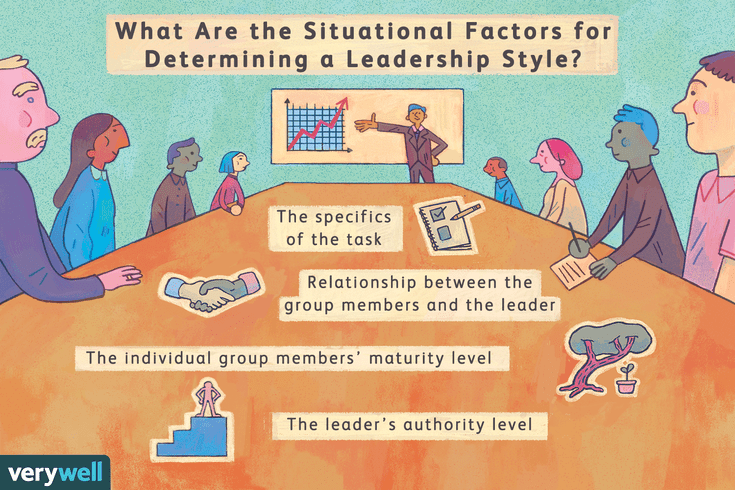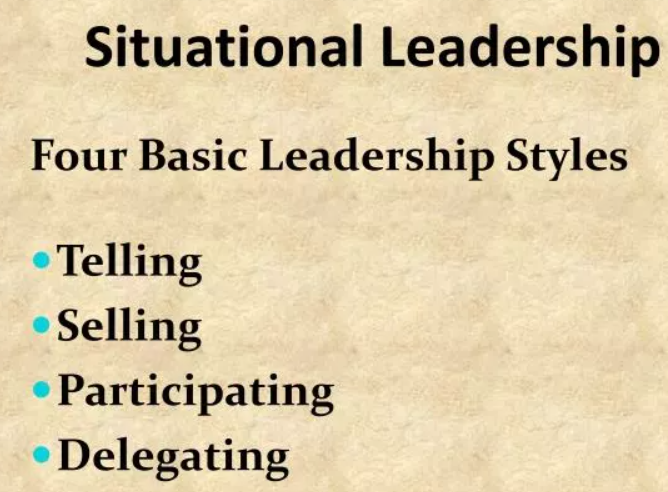
Source : www.educational-business-articles.com
Situational leadership theory is a management framework that helps leaders determine the most effective leadership style to utilize based on the situation and development level of their team members. The theory was developed by Blanchard and Hersey in 1969 and since then, it has been widely used by organizations to improve their leadership effectiveness.
The theory is based on the premise that different people have different levels of competency and motivation and require different levels of direction and support. In order to be effective, leaders must be able to recognize the needs of their team members and adjust their leadership style accordingly.
One aspect of situational leadership theory is the concept of leadership styles. The theory defines four leadership styles based on the degree of direction and support needed by team members – directing, coaching, supporting, and delegating. Each leadership style is appropriate for a particular stage of team member development.
Another aspect of situational leadership theory is the development level of team members. According to the theory, there are four development levels – D1, D2, D3, and D4. D1 team members are new, inexperienced, and lack confidence, while D4 team members are highly skilled, experienced, and confident.
To apply situational leadership theory in the workplace, leaders need to assess the development level of their team members and choose the appropriate leadership style. For example, a directing style may be necessary for a new team member with low skill and confidence levels whereas a delegating style may be more appropriate for a highly skilled and motivated team member.
A situational leader should also be able to adapt his or her leadership style as team members develop and grow. As team members progress through the developmental stages, their needs for direction and support change, and the situational leader should adjust his or her style to meet those changing needs.
In order to use situational leadership theory effectively, leaders must be able to communicate clearly, provide clear direction, and be willing to adapt their leadership style to the situation. Additionally, they must be able to build a relationship with each team member that is based on trust, support, and openness to feedback.
In conclusion, situational leadership theory is a valuable framework that can help leaders become more effective by providing a clear understanding of the needs and abilities of their team members. By assessing the development level of team members and adjusting leadership style accordingly, leaders can create a more engaged and motivated team, resulting in increased productivity and success for the organization.





